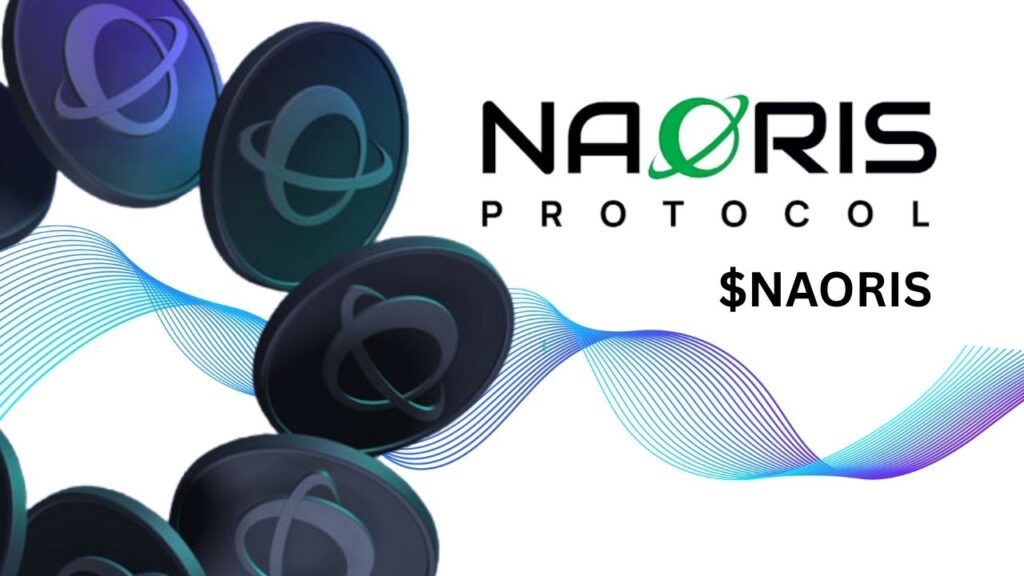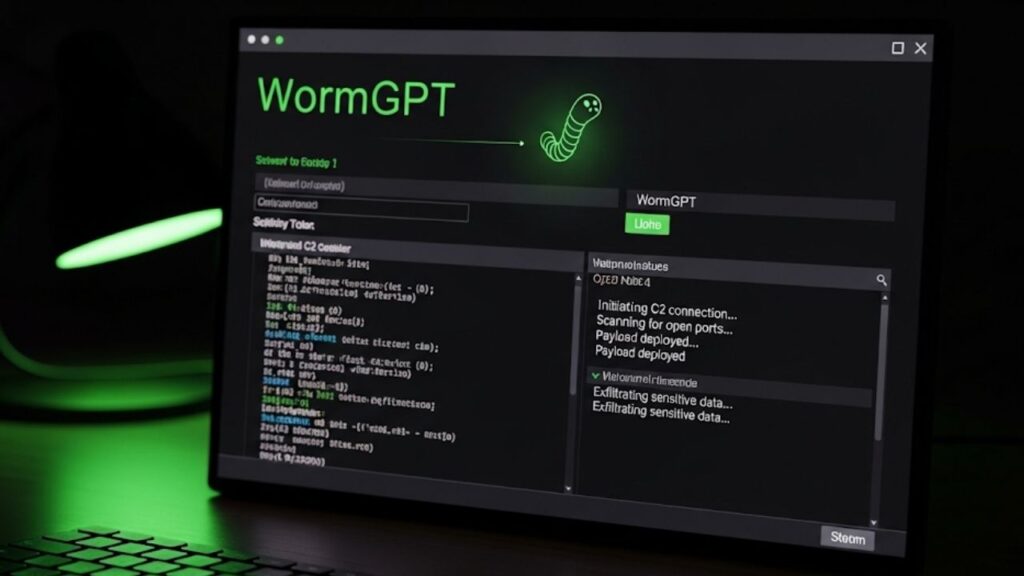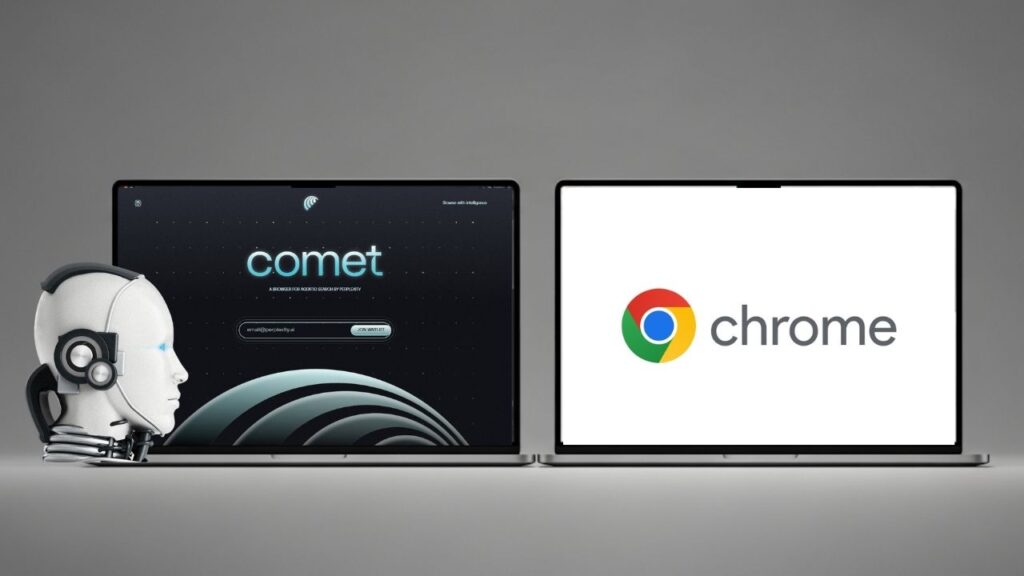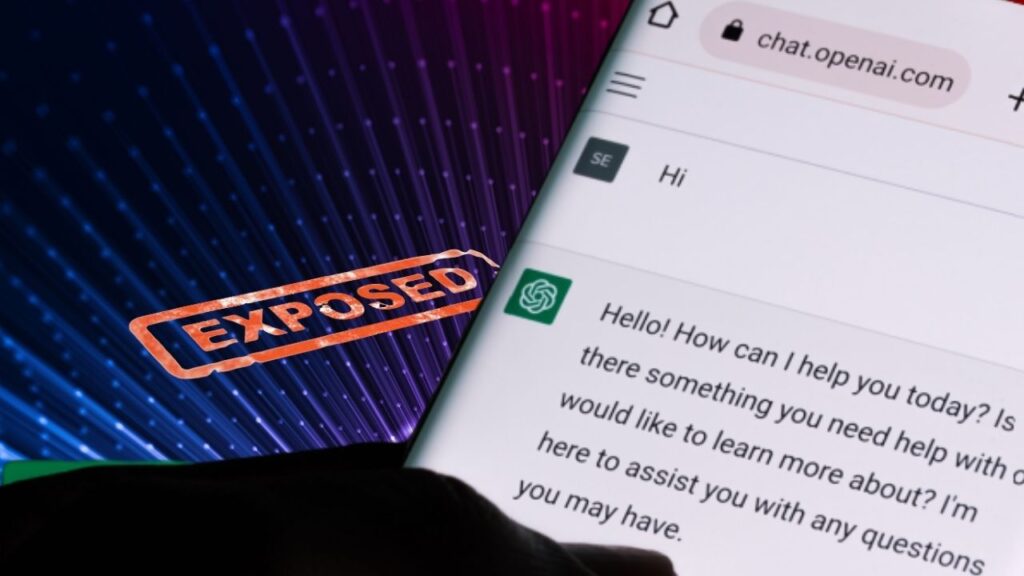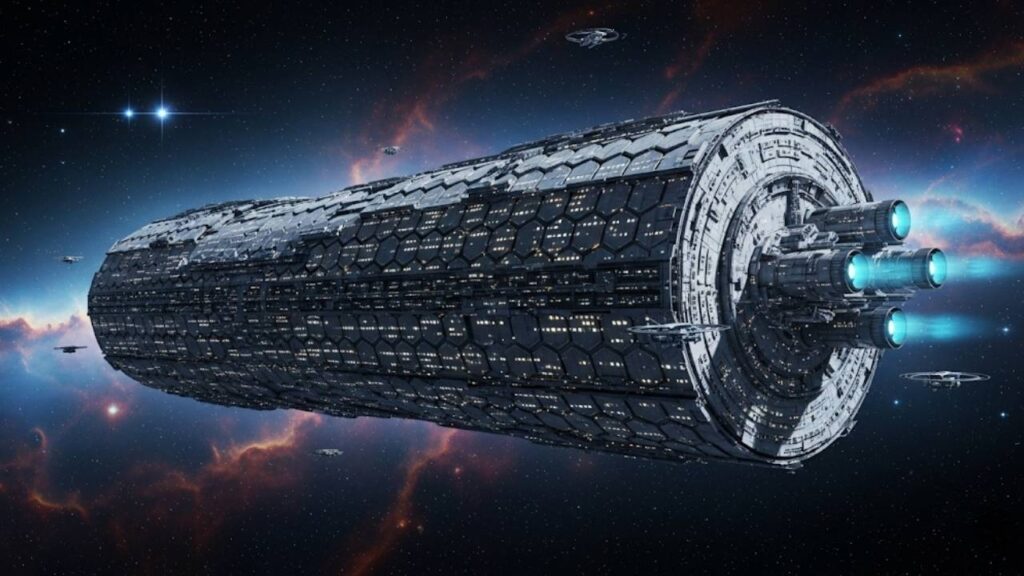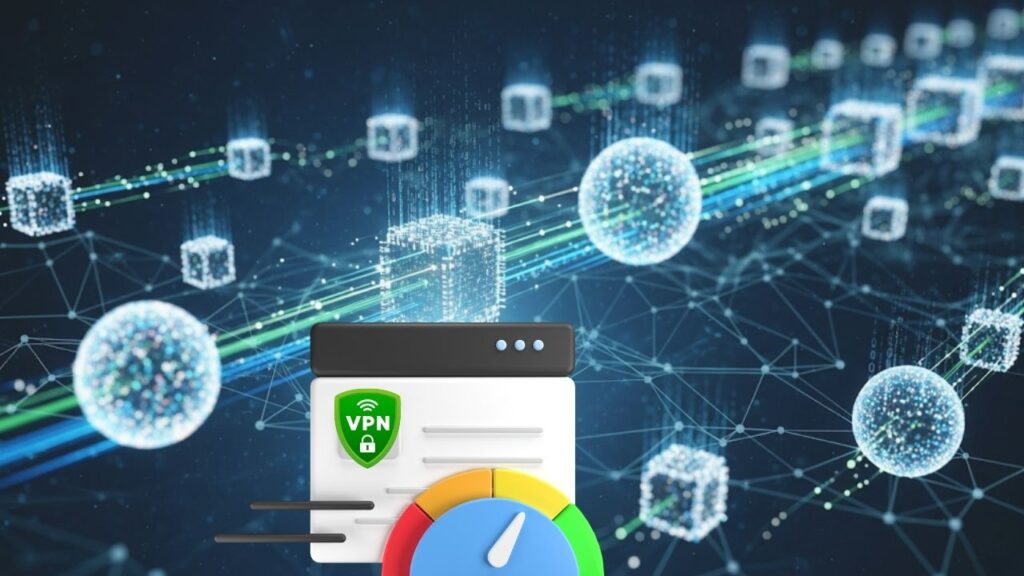The Sinclair legacy returns with a compact educational gaming console, marking a new era in accessible technology and interactive learning. The launch of the GamerCard, developed by Grant Sinclair—nephew of the legendary Sir Clive Sinclair—blends the nostalgia of classic gaming with the innovation of modern computing. Designed for everyone from curious children to seasoned professionals, the GamerCard is more than just a gaming device; it’s a gateway to creativity, coding, and lifelong learning.
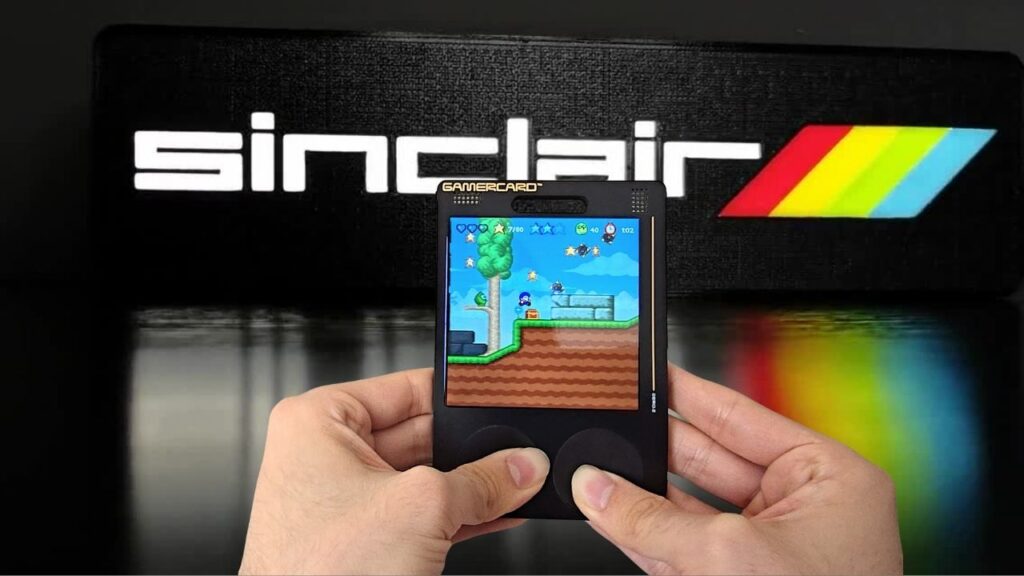
For decades, the Sinclair name has been synonymous with pioneering affordable technology. The ZX Spectrum, released in the early 1980s, revolutionized home computing and inspired a generation of programmers and game developers. Today, the GamerCard continues this proud tradition, offering a portable, powerful, and educational experience that fits in the palm of your hand.
Table of Contents
The Sinclair Legacy Returns with a Compact Educational Gaming Console
| Feature | Details |
|---|---|
| Device Name | GamerCard |
| Creator | Grant Sinclair (nephew of ZX Spectrum inventor Sir Clive Sinclair) |
| Size & Weight | 128 x 88 x 6.5 mm; 100 grams |
| Display | 4-inch IPS, 720×720 pixels, 254 PPI, sapphire glass, 60 fps |
| Processor | Raspberry Pi Zero 2 W (Quad-core ARM Cortex-A53) |
| Memory & Storage | 512 MB SDRAM, 128 GB internal storage |
| Battery | 1600 mAh Li-Po, USB-C charging |
| Controls | 8 silicone buttons, side keys, tactile snap-dome switches |
| Connectivity | Wi-Fi, Bluetooth 4.2, USB-C, HDMI, Qwiic connector |
| Emulator Support | RetroPie, Recalbox, Lakka, PICO-8 |
| Preloaded Games | Bloo Kid 2, AstroBlaze DX |
| Educational Features | Coding in MicroPython, C, C++, BASIC, PICO-8 |
| Price | £125 / $170 |
| Official Website | GamerCard Official Site |
The Sinclair legacy returns with a compact educational gaming console that bridges the gap between retro gaming nostalgia and modern, hands-on learning. The GamerCard is not just a tribute to the past—it’s a bold step forward, offering a unique blend of play, creativity, and education in a device anyone can carry. Whether you’re a gamer, a parent, a teacher, or a developer, the GamerCard is your ticket to a world of endless possibilities.
Understanding the GamerCard: A New Chapter in Sinclair Innovation
The GamerCard is a compact, lightweight gaming console that brings together the best of retro gaming and modern educational technology. Measuring just 6.5mm thick and weighing 100 grams, it’s small enough to slip into your pocket but powerful enough to run thousands of classic games and coding environments.
What sets the GamerCard apart is its dual focus on entertainment and education. While many handheld consoles target only gamers, the GamerCard is designed to nurture curiosity, creativity, and technical skills in users of all ages. This approach reflects the Sinclair family’s enduring philosophy: technology should be fun, accessible, and empowering.
Hardware Deep Dive: Small Size, Big Performance
Ultra-Compact, Eco-Friendly Design
- Minimalist Construction: The GamerCard uses a patented PCB sandwich design, eliminating the need for traditional plastic casings. This not only reduces environmental waste but also results in a sleek, durable device that feels premium in hand.
- Rugged Display: The 4-inch IPS screen is protected by sapphire glass, offering exceptional clarity and scratch resistance. With a 720×720 pixel resolution and 254 pixels per inch, visuals are crisp and vibrant, whether you’re playing games or coding.
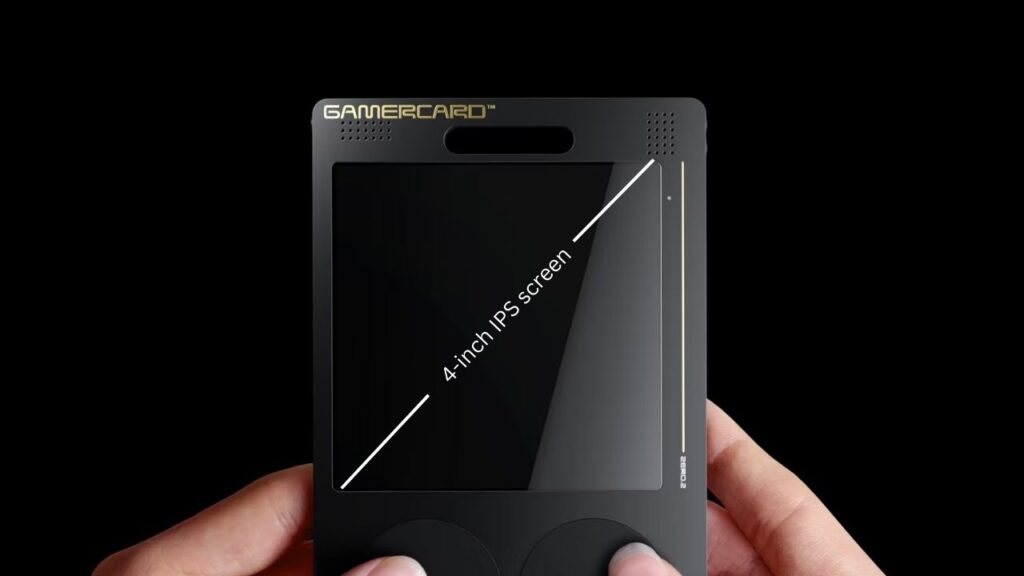
- Responsive Controls: Eight tactile silicone buttons and additional side keys are arranged for intuitive gameplay. The tactile snap-dome switches provide satisfying feedback, making long gaming sessions comfortable and precise.
Processing Power and Storage
- Processor: The Raspberry Pi Zero 2 W’s quad-core ARM Cortex-A53 ensures smooth performance for classic game emulation, coding, and light productivity tasks.
- Memory and Storage: With 512 MB SDRAM and 128 GB of internal storage, the GamerCard can hold thousands of games, apps, and personal projects. This generous storage means you rarely have to worry about running out of space.
- Battery Life: The 1600 mAh lithium-polymer battery delivers several hours of continuous use. Charging is fast and convenient via USB-C.
Connectivity and Expansion

- Wireless: Built-in Wi-Fi and Bluetooth 4.2 allow for seamless file transfers, wireless controller support, and easy software updates.
- Ports: USB-C and HDMI ports provide flexibility for connecting to external displays, keyboards, and other peripherals.
- Qwiic Connector: This expansion port supports additional sensors and modules, making the GamerCard a versatile platform for hardware tinkering and STEM education.
Gaming Experience: Classic Fun Meets Modern Convenience
Access to Thousands of Games
The GamerCard is a retro gamer’s dream. Thanks to its support for leading emulation platforms, you can play games from:
- Nintendo Entertainment System (NES)
- Super Nintendo (SNES)
- Sega Genesis
- Game Boy and Game Boy Advance
- Sony PlayStation (original)
- Arcade classics and more
With RetroPie, Recalbox, and Lakka pre-installed, the GamerCard makes it easy to load and play your favorite titles from the golden age of gaming. The device’s launcher app is optimized for speed and ease of use, letting you jump into games in seconds.
Preloaded and Optimized Games
To get you started, the GamerCard comes with two indie games—Bloo Kid 2 and AstroBlaze DX—both specially adapted for the square display. These games showcase the device’s vibrant graphics and responsive controls, providing hours of engaging gameplay right out of the box.
Big-Screen Gaming and More
Want to enjoy your games on a larger screen? Simply connect the GamerCard to a TV or monitor using the HDMI port. You can also pair a Bluetooth controller or plug in a USB keyboard for a more traditional gaming or computing experience.
The Educational Advantage: Coding and Creativity for All Ages
Coding Made Simple
The GamerCard is not just for playing games—it’s a powerful tool for learning to code. Whether you’re a child taking your first steps in programming or a professional developer prototyping ideas, the GamerCard supports a range of languages and environments:
- MicroPython: An easy-to-learn version of Python, perfect for beginners and educators.
- C and C++: For more advanced programming and hardware interfacing.
- BASIC: A classic language that’s both nostalgic and accessible.
- PICO-8: A fantasy console designed for creating and sharing tiny retro-style games. PICO-8 has become a favorite in classrooms and among indie developers for its simplicity and creative potential.
Built-In Tools for Learning and Making
The GamerCard includes a suite of built-in tools for coding, pixel art, music, and game design. These tools are designed to be intuitive, making it easy for users to experiment and create without needing a separate computer.
- Code Editors: Write and test your own programs directly on the device.
- Sprite and Sound Editors: Create custom graphics and sound effects for your games.
- Map Editors: Design levels and worlds for your projects.
Real-World Applications
- For Kids: The GamerCard makes learning fun. Children can play games, then switch to coding simple animations or games in MicroPython or PICO-8. This hands-on approach builds problem-solving skills and confidence.
- For Educators: Teachers can use the GamerCard to introduce programming, digital art, and game design in the classroom. Its portability and affordability make it ideal for group activities and workshops.
- For Professionals: Developers and hobbyists can use the GamerCard to prototype games, test emulators, or experiment with new hardware add-ons via the Qwiic connector.
Getting Started: Step-by-Step Guide
1. Unbox and Set Up
- Open the eco-friendly packaging and remove your GamerCard.
- Charge the device using the included USB-C cable. A full charge typically takes about two hours.
2. Explore Preloaded Content
- Power on the GamerCard and navigate the custom launcher.
- Try out Bloo Kid 2 and AstroBlaze DX to experience the device’s capabilities.
3. Add More Games
- Use the built-in Wi-Fi or Bluetooth to transfer additional games and emulators.
- The device supports a wide range of file formats, making it easy to expand your library.
4. Connect Peripherals
- Attach a keyboard, mouse, or controller via USB-C or Bluetooth for enhanced control.
- Connect to a TV or monitor using the HDMI port for a bigger display.
5. Start Coding
- Open the coding environment of your choice—MicroPython, BASIC, or PICO-8.
- Follow the included tutorials to write your first program or game.
6. Experiment and Share
- Use the sprite, sound, and map editors to create custom content.
- Share your creations with friends, family, or the broader coding community.
The Sinclair Legacy: Why It Still Matters
The Sinclair family’s impact on technology is profound. In the early 1980s, the ZX Spectrum helped democratize computing in the UK and beyond, inspiring a generation of game developers and engineers. The GamerCard carries this legacy forward, making advanced technology accessible, affordable, and fun.
- Inspiring the Next Generation: By combining gaming with coding, the GamerCard encourages children and adults alike to become creators, not just consumers.
- Promoting Digital Literacy: In today’s digital world, understanding how technology works is more important than ever. The GamerCard offers a hands-on way to build these essential skills.
- Championing Innovation: The device’s open design and support for hardware expansion mean it can grow with you, adapting to new interests and challenges.
SpeechSSM Breakthrough Brings Hyper-Realistic AI Voices in Record Time
FAQs About The Sinclair Legacy Returns with a Compact Educational Gaming Console
Q: What types of games can I play on the GamerCard?
You can play thousands of classic games from systems like NES, SNES, Sega Genesis, Game Boy, PlayStation, and more, using emulators such as RetroPie, Recalbox, and Lakka. The device comes preloaded with two indie games, with more available for download.
Q: Is the GamerCard suitable for children?
Yes! Its intuitive controls, educational features, and robust design make it ideal for children, students, and families. The device is easy to use and encourages learning through play.
Q: Can I use the GamerCard for coding and learning?
Absolutely. The GamerCard supports coding in MicroPython, C, C++, BASIC, and PICO-8, making it a powerful tool for learning programming and game development.
Q: How long does the battery last?
The 1600 mAh battery provides several hours of continuous gameplay or coding. Battery life may vary depending on usage and settings.


